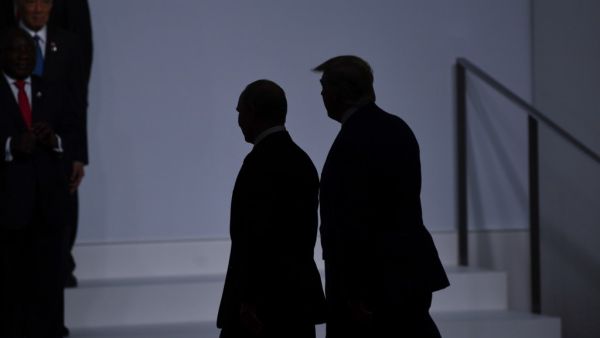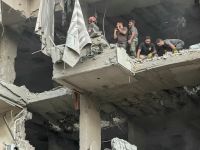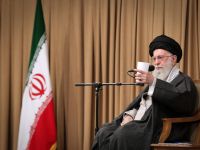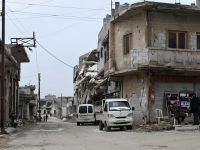Recent negotiations between Washington and Moscow have produced “silent agreements,” allowing the US army to launch strikes against al-Qaeda-affiliates in northwestern Syria and Russia to take “calm steps” to contain Iran’s presence in the country.
In May, US Secretary of State Mike Pompeo visited Russia and presented President Vladimir Putin with an eight-point plan that urges the need to implement UN Security Council resolution 2254, fight terrorism and ISIS and weaken Iran’s influence in Syria.
In June, the two parties explored opportunities for assistance during an unprecedented trilateral meeting between the national security advisers of the US, Russia and Israel in Jerusalem. US Special Representative for Syria Engagement James Jeffrey also met with Russian officials.
We learned that Jeffrey linked the US “success” in Syria with achieving several targets in the war-torn country, including the withdrawal of Iran, fighting terrorism and stopping the threats of remnants of the terror group.
He informed the Russians that Washington “is aware of the complicated environment in which Putin is currently operating,” adding that his country is ready to help.
{"preview_thumbnail":"https://cdn.flowplayer.com/6684a05f-6468-4ecd-87d5-a748773282a3/i/v-i-1…","video_id":"1c247536-ea66-4e97-92c5-f30b40189fdf","player_id":"8ca46225-42a2-4245-9c20-7850ae937431","provider":"flowplayer","video":"Sudan: The Military Concedes to a New Power Sharing Body"}
During the Jerusalem meeting, Russian officials listened to American and Israeli demands that Iran withdraw from Syria. Soon after, Israel launched its “fiercest airstrikes since May” against Iranian targets in Syria. Noticeably, Russia did not activate its S-300 defense system and made do with criticizing the strikes through the media.
This was followed by regime leader Bashar Assad replacing security chiefs at the directorates of air intelligence, political security, criminal security and state security. The shake-up included the removal of Jamil Hassan, who headed the Syrian Air Force Intelligence Directorate since 2009 and was dubbed the “godfather” of barrel bombs.
The progress between Washington and Moscow was also witnessed in the fight against terrorism. The first “fruits” of this agreement was the American strike against a meeting of Qaeda-affiliated leaders near Aleppo in Syria earlier this month. This was the first such American strike in the region in over two years.
This article has been adapted from its original source.








